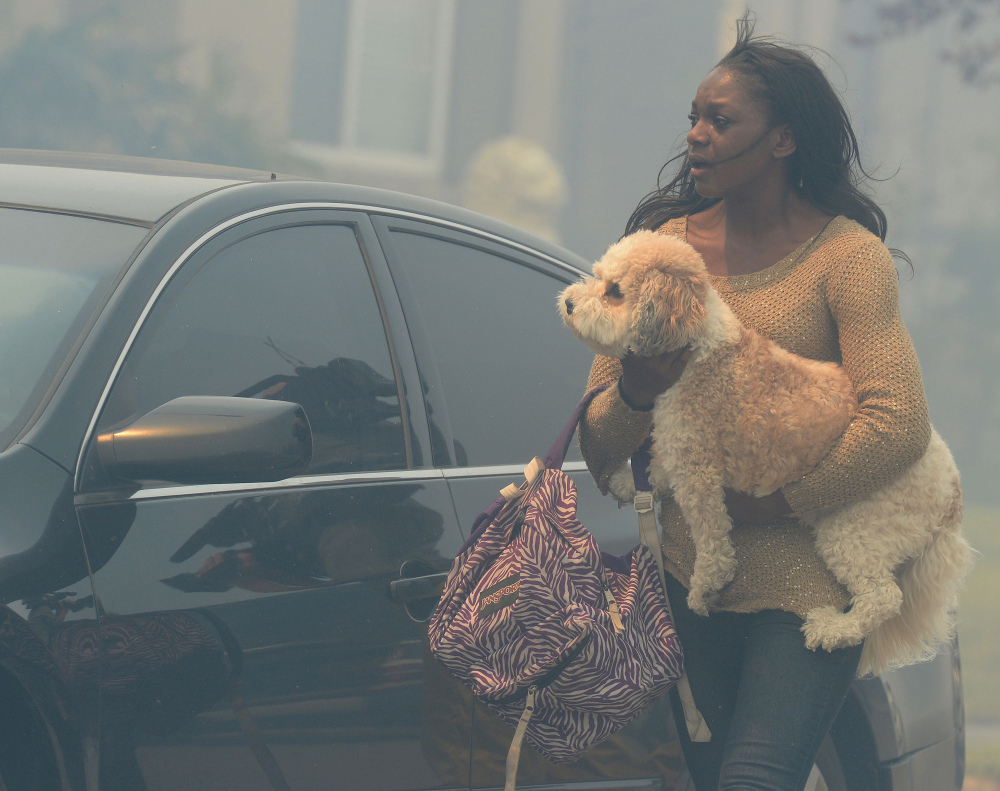LOS ANGELES — With a vast swath of the West primed for wildfires, federal foresters are preparing for the worst with a budget that might run dry and a fleet of air tankers that in some cases aren’t ready for takeoff.
A combination of extended drought, warming weather and an abundance of withered trees and grasses have created ideal conditions for fire – more than 22 million acres were blackened by wildfires from 2011-2013, primarily across the West.
“It looks like it’s going to be a serious enough season to where we run out of money again,” Tom Harbour, director of fire and aviation management for the U.S. Forest Service, warned in an interview with The Associated Press.
Firefighters battled a blaze in the mountains east of Los Angeles this week, where temperatures neared triple digits. And states from New Mexico through southern Oregon have been left sere by a lack of rain and snow.
But even as fire risk has increased in recent years, the number of large air tankers dropped.
About a decade ago the Forest Service had more than 40 of the big tankers at its disposal – the draft horses of firefighting aircraft that can dump thousands of gallons of flame-snuffing retardant in a single swoop, far more than a helicopter.
According to federal analysts, the fleet hit a low of eight aircraft at one point last year, depleted by age and concerns over the ability of the planes, in some cases flying since the dawn of the Cold War, to stay in the sky.
The core of the fleet was expected to include 17 aircraft for 2014, but seven of those planes aren’t ready to fly.
Send questions/comments to the editors.



Success. Please wait for the page to reload. If the page does not reload within 5 seconds, please refresh the page.
Enter your email and password to access comments.
Hi, to comment on stories you must . This profile is in addition to your subscription and website login.
Already have a commenting profile? .
Invalid username/password.
Please check your email to confirm and complete your registration.
Only subscribers are eligible to post comments. Please subscribe or login first for digital access. Here’s why.
Use the form below to reset your password. When you've submitted your account email, we will send an email with a reset code.